New Published Study Shows MedLite ID as Faster and Simpler Solution to Primary Medication Infusion Line Identification
New Published Study Shows MedLite ID as Faster and Simpler Solution to Primary Medication Infusion...
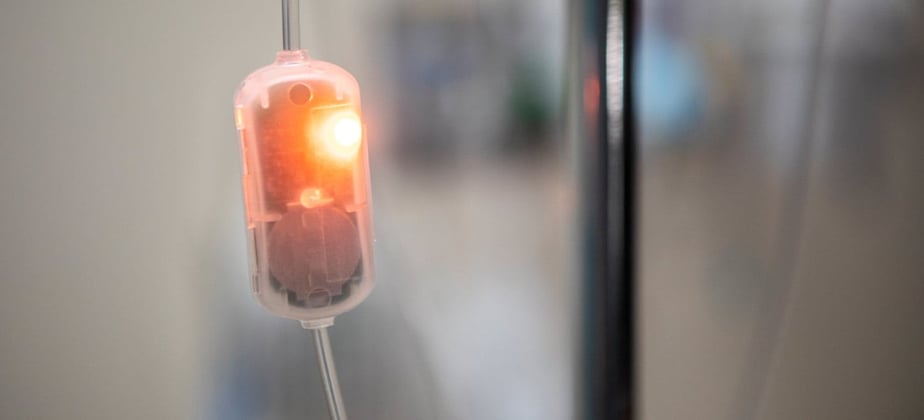
While America’s healthcare system is no stranger to criticism and you likely already know about its need for reform, you may be surprised to learn where the spotlight is shining: on the IV lines hooked up to patients in ICUs, operating rooms, and COVID-19 units.
These soft, flexible tubes are designed to deliver medications of all types, yet only one line, the “safe line," can be used to infuse a life-saving medicine, as the others are dedicated to specific drugs. It raises this question: if a patient has 4-20 lines in their body, how will a medical professional know the right line to use when a “code blue” is ringing out and every second matters? This tangled mess of IV lines is called “infusion confusion” by those working on the front lines, and, unfortunately, mistakes are made.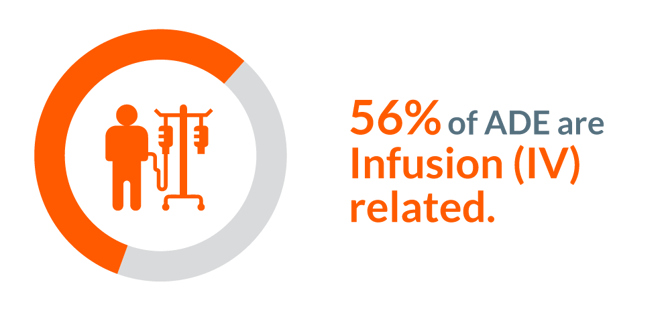 These errors are called Adverse Drug Events (ADEs), and the size of the issue is alarming: 56% of all ADEs are infusion-related , the effect of caregivers choosing the wrong infusion line. In a time of COVID-19 care, with more patients and fewer nurses, “line tracing,” as it is called, needs to be fast and effective. With 60-90% of all IV infusions in the United States containing one or more errors that can cause accidental deaths, hospitals are paying on average, per every 100 beds in the hospital, $2,200 per day in avoidable ADE costs. That does not count the upwards of $5 million in estimated wrongful-death legal costs should such an error occur. Investing in safer and higher quality of care for both patients and caregivers by making it simpler to choose the right line and reduce COVID-19 exposure could save lives and bring down these costs. This is the mission of MedLite ID, which has created technology that will “Lite the Way,” illuminating the main infusion line and reducing the potential for “infusion confusion.”
These errors are called Adverse Drug Events (ADEs), and the size of the issue is alarming: 56% of all ADEs are infusion-related , the effect of caregivers choosing the wrong infusion line. In a time of COVID-19 care, with more patients and fewer nurses, “line tracing,” as it is called, needs to be fast and effective. With 60-90% of all IV infusions in the United States containing one or more errors that can cause accidental deaths, hospitals are paying on average, per every 100 beds in the hospital, $2,200 per day in avoidable ADE costs. That does not count the upwards of $5 million in estimated wrongful-death legal costs should such an error occur. Investing in safer and higher quality of care for both patients and caregivers by making it simpler to choose the right line and reduce COVID-19 exposure could save lives and bring down these costs. This is the mission of MedLite ID, which has created technology that will “Lite the Way,” illuminating the main infusion line and reducing the potential for “infusion confusion.”
The difficulty of trying to determine the “safe line” out of the many IV lines that are connected to pumps, tangled around the pump stand, or hidden under the patient’s covers is easy to understand. Which line is it? The Primary Line? The Clear Line? The Go Line? The Saline Line? In fact, there are at least 11 names for this one line, without standardization, making it easy for healthcare professionals to make errors in medication delivery. Current practice includes using pathogen-covered tape to mark the line, with no standardization in color or use from nurse to nurse.
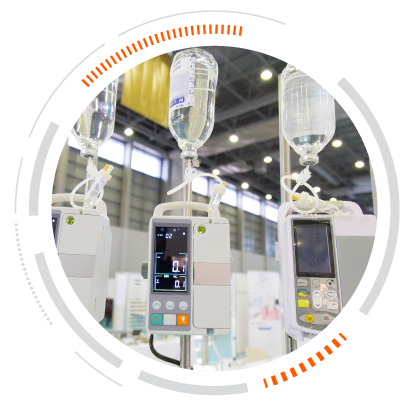
This uncertainty surrounding IV transfusions affects patients, healthcare workers, and hospitals alike: 26% of ICU patients have a life-threatening ADE, emergency-room patients have a doubled ADE risk, and patients have a 3% greater risk of suffering an ADE for each line added to their care after their first one. That means that an additional 10-line patient will have a massive 30% greater risk. Per 100 beds, 153 ADEs can cost a hospital $790,000 annually. The hospital is also hit with lawsuits, with the average payout around $242,000 and the average wrongful-death cost for the hospital at $5,000,000.
Healthcare professionals are also at risk. Per the CDC, more than fifteen minutes of exposure to COVID-19 is considered prolonged, which could be time spent with one infected individual or with multiple people. Due in part to the
complexities of the IVs, nurses on average spend up to two hours per 12-hour shift in avoidable COVID-19 exposure. A nurse testing positive will go home for 10-20 days, regardless of vaccine status. It helps to explain why in 2021, the nursing profession is experiencing a 19% turnover rate. Reducing a nurse’s exposure to infected COVID-19 patients by simplifying how a crucial IV line is illuminated is one potential way to reduce their stress.
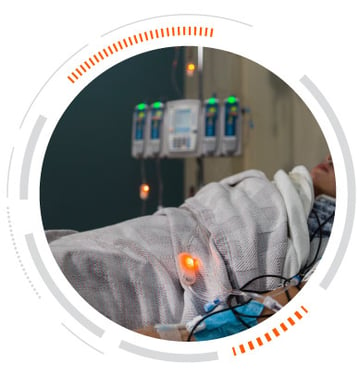
The team at MedLite believes they can “Lite the Way” and take adverse drug events to virtually zero, making it a “never event.” Their technology centers on a simple-to-use, disposable smart-lite solution that enables clinicians to accurately and efficiently identify the one safe medication infusion line in all light settings. MedLite’s innovation to illuminate the primary medication line can virtually eliminate medication-infusion line-tracing errors, potential accidental death, and associated lawsuits. It also aims to reduce the exposure of healthcare professionals to COVID-19 by upwards of two hours per twelve-hour shift, which they are challenged with every day.
Healthcare professionals can learn how to use MedLite ID in 90 seconds, activate it in 60 seconds, and change the next life. The result is near-zero change to workflow and employee behavior, yet potentially a significant increase in efficiency, accuracy, cost reduction, and safety.
MedLite was founded in 2018 by Dr. Wayne Provost, who lost his 16-year-old son Dusty to acute myelogenous leukemia. He remembers that Dusty had five IV lines attached to his port and veins and as many as 11 infusion lines. He witnessed nurses struggling to find the correct line to administer medications and believed there had to be a better way to help patients. He started MedLite ID to both honor his son’s memory and to help make the treatment of patients more accurate and efficient.
MedLite believes that its technology will save the healthcare industry considerable money and resources. It predicts that through MedLite ID, the $790,000 per 100 beds that a hospital typically loses each year to ADEs can be turned into an annual savings of $553,000 per 100 beds. It claims from conducted clinical studies that there can be a 78% increase in patient safety, an 87% reduction in nurse stress, an 81% improvement in efficiency, and a 34% reduction in the time needed to identify the “safe line.”
As MedLite asks, what is the cost of doing nothing? Without changes in how IV lines are differentiated, can hospitals avoid higher ADE risks for ER and ICU patients, reduce nurses’ exposure to COVID-19, and decrease accidental deaths and lawsuits? MedLite believes that the answer is significantly improved by investing in MedLite ID, whereby hospitals can avoid those negative outcomes, making both patients and the medical professionals who care for them safer.
For more information about MedLite and how its MedLite ID can help to identify the main infusion line and save lives, please visit:
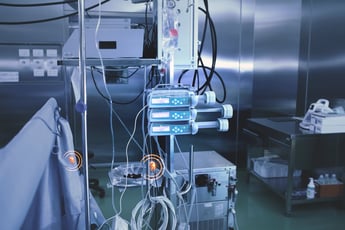
New Published Study Shows MedLite ID as Faster and Simpler Solution to Primary Medication Infusion...

In the ICU, many patients receive multiple infusions at a time. This makes it difficult to...
Leave a Comment